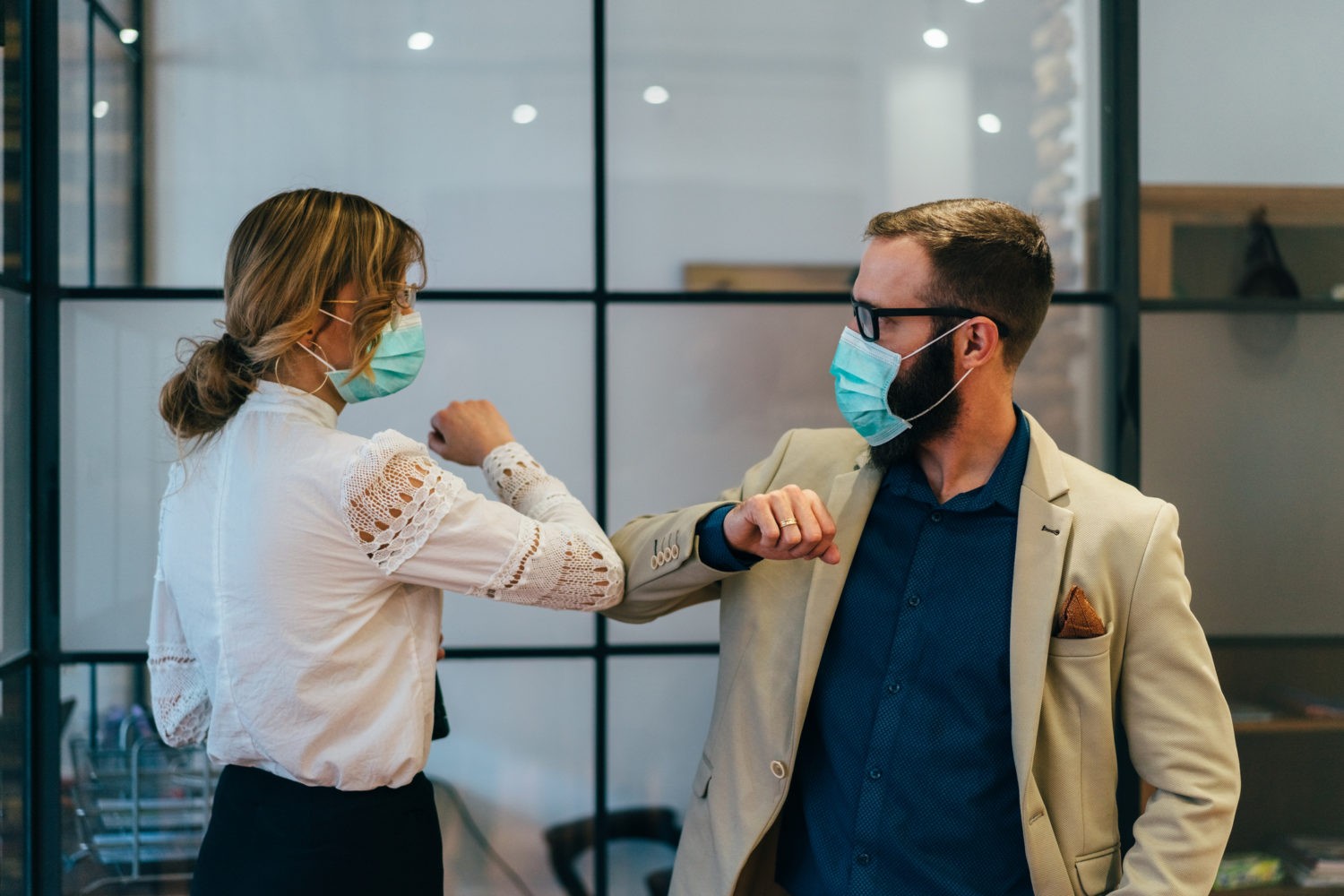March 17, 2020 by Siobhan Climer and Igor Nayshtut
The first three months of 2020 have jolted the world. Coronavirus, or Covid-19, was first detected back on December 31st of 2019 when the first flu-like cases were reported to the World Health Organization (WHO) by Chinese officials, originating in the Wuhan region of China.
Since then, more than 169,000 people around the world have been infected with the virus, and more than 6,500 people have died. As such, U.S. officials have taken dramatic steps to curb the rate of infection. On Monday, March 16, President Donald Trump announced sweeping recommendations, which include:
- Begin home-schooling, when possible
- Avoid gatherings of 10 or more people
- Avoid restaurants, bars, and food courts
- Avoid discretionary travel

In addition, several governor’s have announced restaurant closures, state park closures, and even shelter-in-place orders to help prevent the spread of the virus. With the impacts stretching from human to economic, logistic to simple practicality, many organizations have chosen to protect their workers and productivity levels with a work-at-home (WAH) or remote policy.
While many businesses had already created some structure around remote-work, the sudden disruption caused by Covid-19 has prompted many others to launch a fully remote environment – fast.

Prepared Vs. Unprepared: Navigating Uncharted Territory
The benefits around WAH and remote work are numerous – we’ve detailed them in previous articles here, here, and here. When done well, a remote policy can actually increase productivity dramatically. A recent longitudinal Stanford study found that a WAH policy produced a boost in productivity equivalent to a full 8-hour work day.

However, the results don’t tell the whole story. The study was a carefully crafted test of WAH policies. To be eligible to WAH, remote workers had to have a private room, decent broadband access, and a six or more month tenure with the test case business. The WAH policy was also strategically designed by Stanford professor Nicholas Bloom.
Why does this matter?
The sudden disruption to typical work by Covid-19 means most organizations do not have a Stanford professor-designed WAH policy. Instead, businesses have been tasked with reactively determining whether today is the day to make the remote announcement.
Did everyone bring their laptops home last night? Do we have VPN? How will we conduct business meetings? Can we salvage our company culture when we’re not together?
Not every organization is prepared to switch to a fully remote environment. That’s the reality.
Are there ways to make the switch efficiently, effectively, and securely?

Tools To Help Remote Workers Collaborate
The impact of Covid-19 is severe.
To help businesses weather these difficult times, collaboration technology development companies – like Cisco, Microsoft, and Citrix – have rallied to provide free licensing and reduced-costs for the sorts of tools companies in every industry, from healthcare to education, from finance to professional services, need to continue doing business.
Tools You Might Need:
VPN Access – A virtual private network (VPN) connection extends a private network connection across the public network, enabling remote workers to securely send and receive files across a shared network as if they were doing so via a private network.
 Team Messaging – Chat features help users easily connect and collaborate. This can be an important tool in helping reduce feelings of isolation, as employees connect with one another. Share a “WAH selfie” or your “WAH companion”.
Team Messaging – Chat features help users easily connect and collaborate. This can be an important tool in helping reduce feelings of isolation, as employees connect with one another. Share a “WAH selfie” or your “WAH companion”.
Video Conferencing – Share screens, whiteboard together, upload files, and take decisive action – all remotely. Video conferencing tools help you see, talk, listen, and share to build better solutions.
Finding Help In Difficult Times
During a crisis of this nature, it is easy to feel out of control. For many around the world, the impact of the Covid-19 outbreak is unimaginable – and remote work tools will not solve many of the challenges faced today by hundreds of thousands of individuals.
Those of us who can continue to work are fortunate to have some control over how we approach the coming weeks. If a WAH or remote work policy is feasible, the Centers for Disease Control (CDC) and state and federal officials are recommending you implement it immediately.
Mindsight has partnered with Cisco to provide extended free licensing and nominal fees to help organization make these necessary changes. If VPN access or a collaboration tool would be helpful to you at this time, our engineers are standing by and ready to help.
Like what you read?
Contact us today to get help implementing a remote work policy.
About Mindsight
Mindsight is industry recognized for delivering secure IT solutions and thought leadership that address your infrastructure and communications needs. Our engineers are expert level only – and they’re known as the most respected and valued engineering team based in Chicago, serving emerging to enterprise organizations around the globe. That’s why clients trust Mindsight as an extension of their IT team.
Visit us at http://www.gomindsight.com.
About The Authors
Igor Nayshtut is the Collaboration Practice Manager at Mindsight. With over 20 years of experience in information technology, specifically around Unified Communications, Igor has helped organizations understand the complexities around collaboration. Igor’s expertise lies in strategically designing collaboration and UC systems that improve efficiencies, reduce costs, and help businesses meet their objectives.
Siobhan Climer writes about technology trends in education, healthcare, and business. With over a decade of experience communicating complex concepts around everything from cybersecurity to neuroscience, Siobhan is an expert at breaking down technical and scientific principles so that everyone takes away valuable insights. When she’s not writing tech, she’s reading and writing fantasy, hiking, and exploring the world with her twin daughters. Find her on twitter @techtalksio.


